Industrial Math Modeling Center Speaker Series
Overview
Welcome to the Industrial Math Modeling Center Speaker Series! In this seminar series industrial mathematicians and scientists discuss their use and development of mathematical models. The talks are intended to keep members of the RIT community apprised of current industrial modeling trends and challenges. All are welcome.
Past Seminars
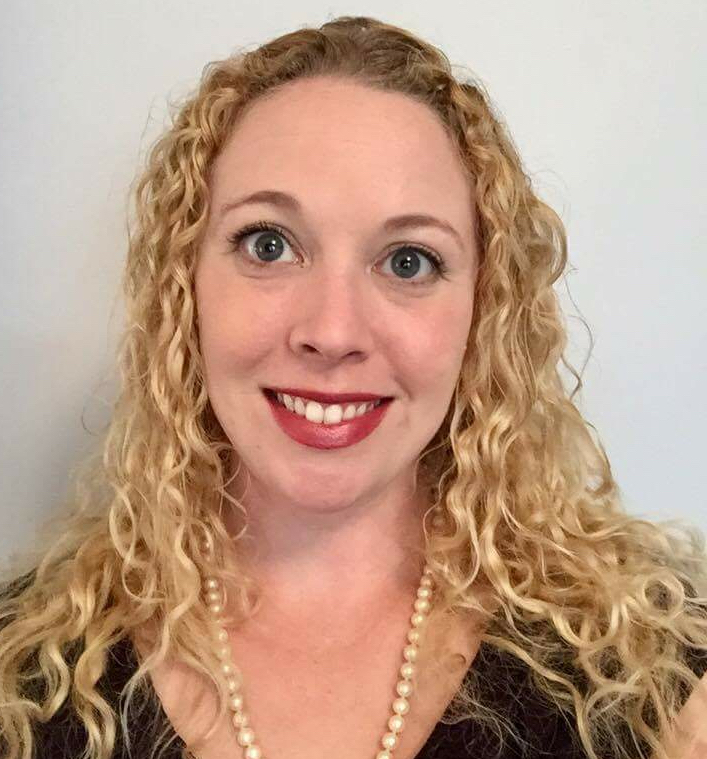
Dr. Brandy Freitas
Senior Data Scientist, Precisely
Title: Geospatial Data Science and Site-Selection Modeling
Abstract: Working with and analyzing geospatial data requires a different and often nuanced approach from most data types, especially to derive spatial predictions and detect patterns using statistical and machine learning algorithms. Many data scientists and analysts are not used to fully leveraging the power of geospatial data due to the scale, atypical data types, geospatial calculations (such as drive-times, routing, and joins across other geo-referenced data sets), and more broadly manipulating the data for the feature engineering required for use. Many practitioners are unaware of which business questions to ask, or of which algorithms are available to them to enrich their models, with many resorting to eliminating spatial variables entirely. In this talk, we will discuss some of the challenges that we typically see with spatial data, move into our evolving approach to modeling, introduce use cases that we've seen successfully implemented, and examine the new techniques that we are seeing in the field.
Bio: Brandy Freitas is a research physicist-turned-data scientist based in Boston, MA. She completed her undergraduate degree in Biochemistry and Physics at the RIT, where she was awarded a Goldwater Fellowship for excellence in research. As a National Science Foundation Graduate Research Fellow and James Mills Pierce Fellow in Biophysics at Harvard University, Brandy specialized in single particle cryo-electron microscopy, with a focus on machine learning in automated protein structure determination. Currently a Senior Data Scientist at Precisely, she works to develop data-driven solutions and products for a broad range of industries.
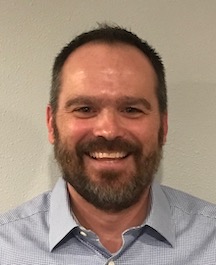
Dr. Steve Sain
Senior Principal Data Scientist and Senior Director, Jupiter Intelligence
Title: Climate risk analytics and data science
Abstract: Climate risk can be defined as the potential for adverse consequences due to climate change. Climate risk analytics is the quantification of climate risk due to hazards such as flood, heat, wind, fire, etc. and how these risks are evolving with climate change. Quantifying these risks often involve large-scale computational pipelines integrating data from different sources as well as complex geophysical models. In this talk, I’ll discuss some of these pipelines with a particular emphasis on how applied statistics, machine learning, and data science play key roles. Specific attention will be given to downscaling, extremes, and emulators.
Bio: Steve Sain is a Senior Principal Data Scientist and Senior Director at Jupiter Intelligence where in addition to heading the Data Sciences group he serves more broadly in different leadership roles across Jupiter’s science organization. Prior to joining the team at Jupiter, Steve held academic positions in statistics and applied mathematics and worked in industry as a data scientist where he has led data science research and development programs and data science teams. From 2006 to 2014, he was the head of the Geophysical Statistics Project and a scientist in the Institute for Mathematics Applied to Geosciences at the National Center for Atmospheric Research. Steve is a fellow of the American Statistical Association and past recipient of the Distinguished Achievement Award from the American Statistical Association’s Section on Statistics and the Environment.

Ms. Emily Holz
Senior Research Associate, Genentech
Title: Applications of Math Modeling to Ophthalmic Drug Delivery
Abstract: Back-of-the-eye diseases such as age-related macular degeneration (AMD) affect millions of people worldwide, but current therapies for the treatment of AMD require monthly intravitreal injections. Long-acting delivery (LAD) approaches aim to reduce this treatment burden and maximize patient benefit by increasing the residence time of administered biologics in the eye. This talk will present an overview of several LAD technologies developed to address this unmet need, including reservoir-based implants and biodegradable depots, with a specific focus on the applications of math modeling to accelerate development of these systems.
Bio: Emily joined Genentech after receiving her B.S. in Biomedical Engineering at RIT in 2016. She started her career in the Process Development Rotation Program, during which she rotated through four functions within Genentech’s development organization and gained experience in analytical chemistry, purification development, bioassay development, and drug delivery. She is currently a Senior Research Associate within the Drug Delivery group, where she works on a variety of polymer-based drug delivery systems with applications in ophthalmology and oncology.
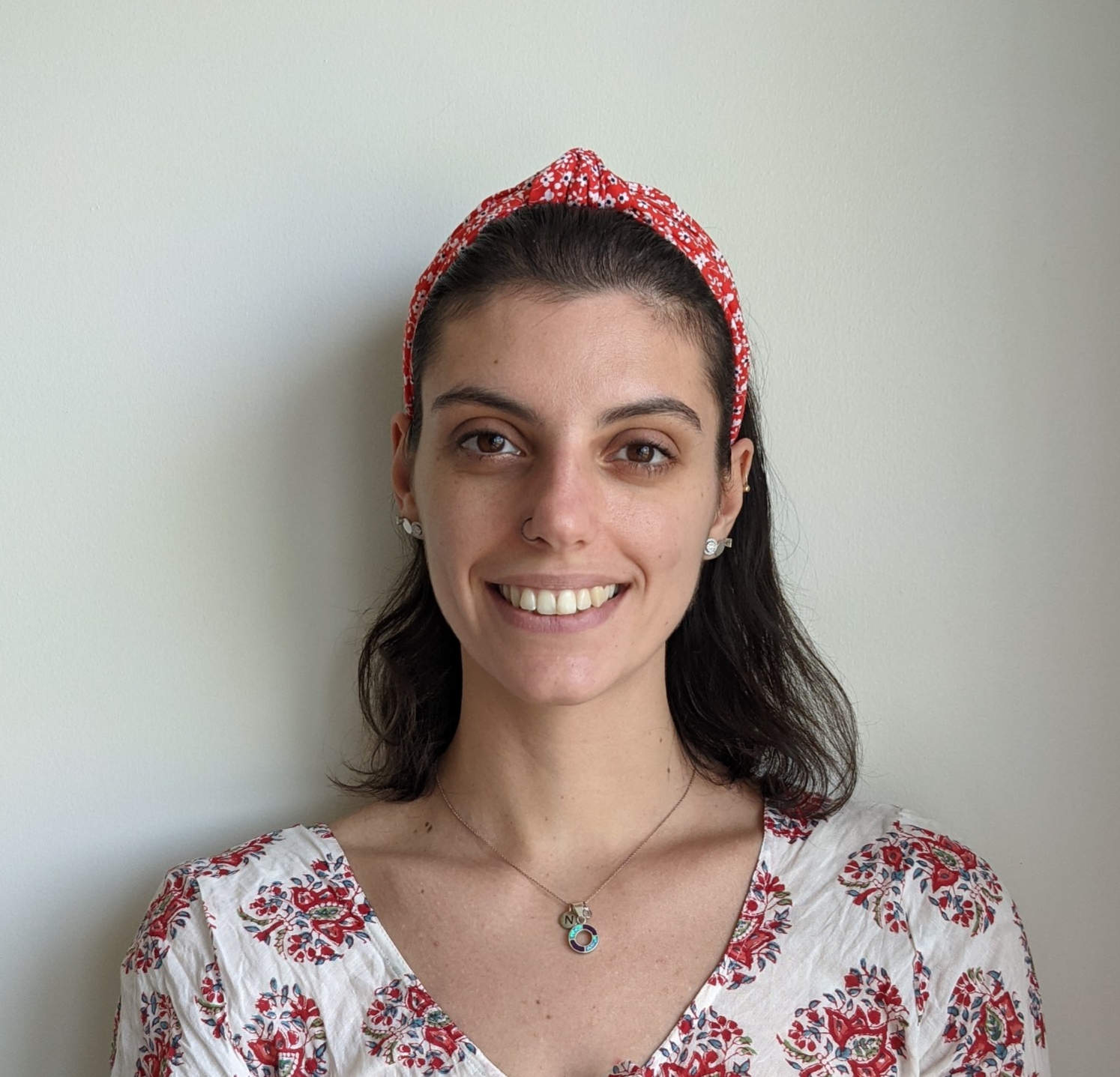
Dr. Nicole Rosato
Data Scientist, Rochester Gas & Electric
Title: Data Science in the Electric Utilities Industry
Abstract: Avangrid (AGR) has massive amounts of both structured and unstructured data about all components of its electric utility system. Each of AGR's four operating companies (RGE, NYSEG, UI, CMP) had its own database for storing, analyzing, and reporting on data. Over the past 8 months, our group has created a database to unify all of these disparate data sources. Using this Unified Outages Database (UOD) are now able to do significant analysis that is novel to the company. We will discuss three major projects our group has done using this data. First is the classification of outage location on the correct part of the grid (transmission/substation/distribution) and the algorithm that allows us to correctly back-classify 97% of historical electric outages in our database. The second project we will discuss is the development and implementation of a Holt-Winters style forecasting model. We use this to predict year-end values for different metrics associated with electric power grid reliability. The model predicts 2020 values accurately to within 2% for most metrics, and is a key piece of the development of our annual reliability goals. Since our database has gone into full production, we are able to model specific outage causes' impact on the power grid, and how much the grid, due to these causes, is expected to degrade annually. Lastly we will present on the most in-depth and highest-impact of these analyses - a prioritization of circuits in need of tree trimming and the impact of vegetation growth on electric outages.
Bio: Nicole Rosato completed her PhD in Mathematical Modeling at RIT in 2021 where she studied gravitational wave extraction and numerical relativity. She is now a Data Engineer at Rochester Gas and Electric where she develops mathematical models related to electric outage prediction and mitigation.
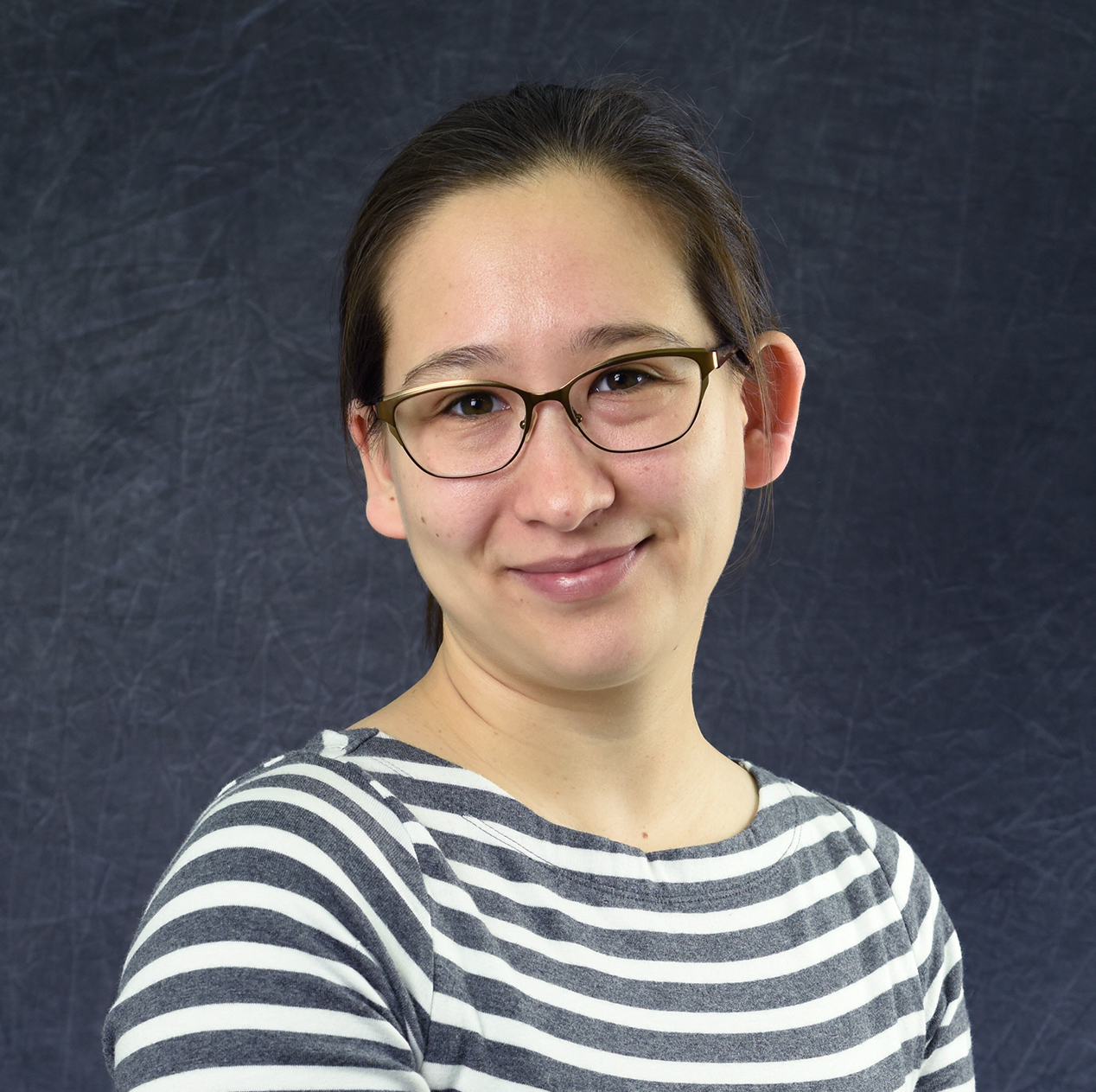
Dr. Marissa Renardy
Senior Scientist-Modeler, Applied BioMath
Title: Model-Informed Drug Development of the Masked Anti-PD-L1 Antibody CX-072
Abstract: CX‑072 is an anti‑PD‑L1 (programmed death ligand 1) Probody therapeutic (Pb-Tx) designed to be preferentially activated by proteases in the tumor microenvironment and not in healthy tissue. In this work, a quantitative systems pharmacology (QSP) model that captured known mechanisms of Pb-Tx activation, biodistribution, elimination, and target engagement, and was used to inform clinical translation. The QSP model was used to estimate a targeted intact minimum drug concentration range that would result in 95% receptor occupancy in the tumor. Preliminary population pharmacokinetics (POPPK) and exposure-response (ER) analyses suggested that a dose of 800mg every two weeks would ensure that >95% of patients would meet or exceed the targeted minimum intact drug concentration, and that a lower dose would not significantly improve the safety profile. This work supported a fixed 800mg dose for evaluation in phase II clinical trials.
Bio: Marissa Renardy earned her Ph.D. in Mathematics in 2018 from The Ohio State University, where she studied mathematical models in cell biology. She then went on to a postdoctoral position at University of Michigan, where she studied within-host and epidemiological models of tuberculosis. She is now a senior scientist at Applied BioMath, where she provides modeling and simulation services to accelerate and de-risk drug research and development.
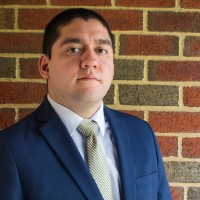
Dr. Juan Batista
Mathematical Analyst, MITRE
Title: Applications of Data-Driven NLP Models and Graph-Analytic Algorithms in Technical Chat Contexts
Abstract: Data-driven natural language processing models and graph-analytic algorithms form the theoretical backbones of many of the digital recommendations we receive every day: from search engines like Google, from shopping sites like Amazon, and from everyday personal digital assistants like Siri, Alexa, and Cortana. With the widespread adoption of hardware-accelerated deep learning over the past decade, the field of NLP has experienced an explosion of growth in model effectiveness and complexity and has become a hotbed of data-driven modeling research. In this talk, I will introduce some of the classical NLP and graph-theoretic problems we at MITRE tackle, and the models and techniques we use to deliver proof-of-concept solutions and actionable analytics to our sponsors.
Bio: Dr. Juan Batista took his BS from RIT and his Ph.D. from Penn State, both in applied mathematics. As a mathematical analyst at MITRE, he collaborates with computer scientists, engineers, and various technical specialists on projects to develop proof-of-concept models, prototypes, and other deliverables to provide clients with state-of-the-art solutions to cutting-edge problems.




